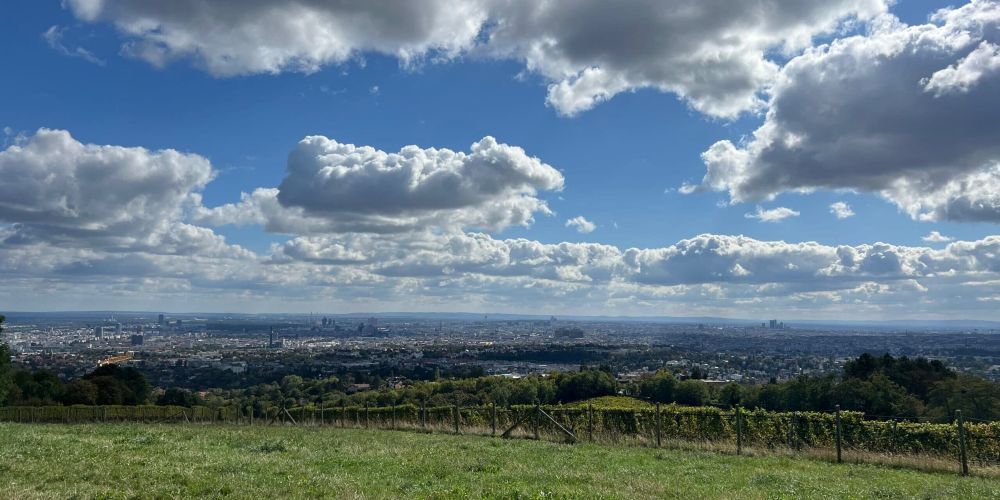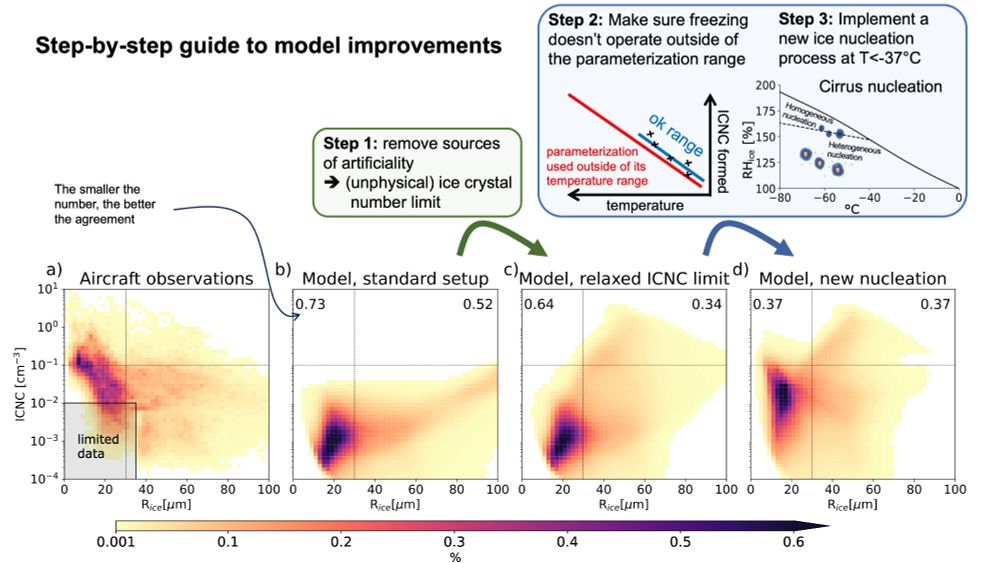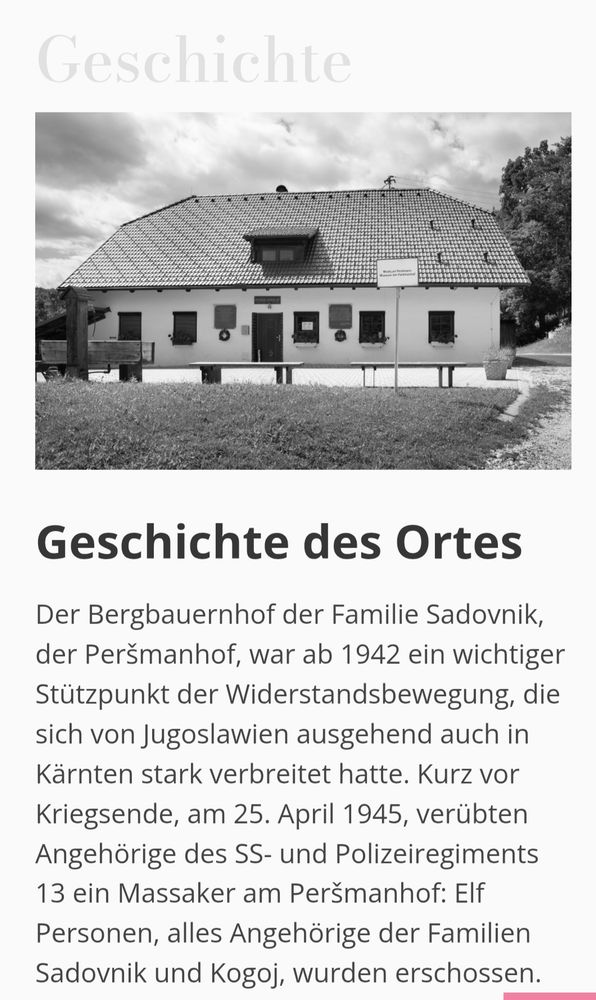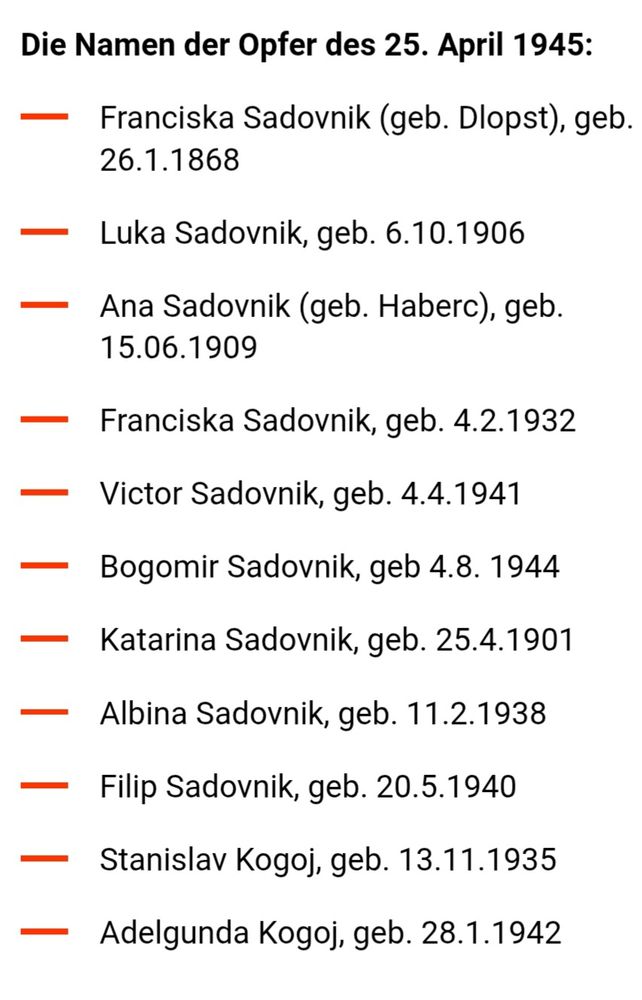Blaž Gasparini
@blazgaspa.bsky.social
260 followers
480 following
100 posts
Clouds and climate; Oblakolog;
Cloudy, not blue sky!
Senior scientist @univie.ac.at; previously @UW Atmos Sci, PhD @usyseth.bsky.social
https://blazgasparini.wixsite.com/blaz-gasparini-site
https://klimadynamik.univie.ac.at
Posts
Media
Videos
Starter Packs
Reposted by Blaž Gasparini
TU Wien
@tuwien.at
· 24d

„Sei mutig, glaube an dein Potenzial, bleib neugierig“
"Supercomputing ist nur etwas für Männer": Der Mythos hält sich hartnäckig. Physikerin und HPC-Pionierin Claudia Blaas-Schenner ist eine jener Frauen, die dieses Märchen ohne viel Getöse auflöst. Waru...
eurocc-austria.at
Blaž Gasparini
@blazgaspa.bsky.social
· Aug 21
Blaž Gasparini
@blazgaspa.bsky.social
· Jul 29

Cloud Power: How the Sky Shapes Our Climate - ECH
Almost every day, we can see clouds in the sky, but rarely we are aware of their wide-ranging impact on the climate. They can both raise and drop temperatures and have complex interactions with the pa...
ech.univie.ac.at
Reposted by Blaž Gasparini
Reposted by Blaž Gasparini
Reposted by Blaž Gasparini
Reposted by Blaž Gasparini
























